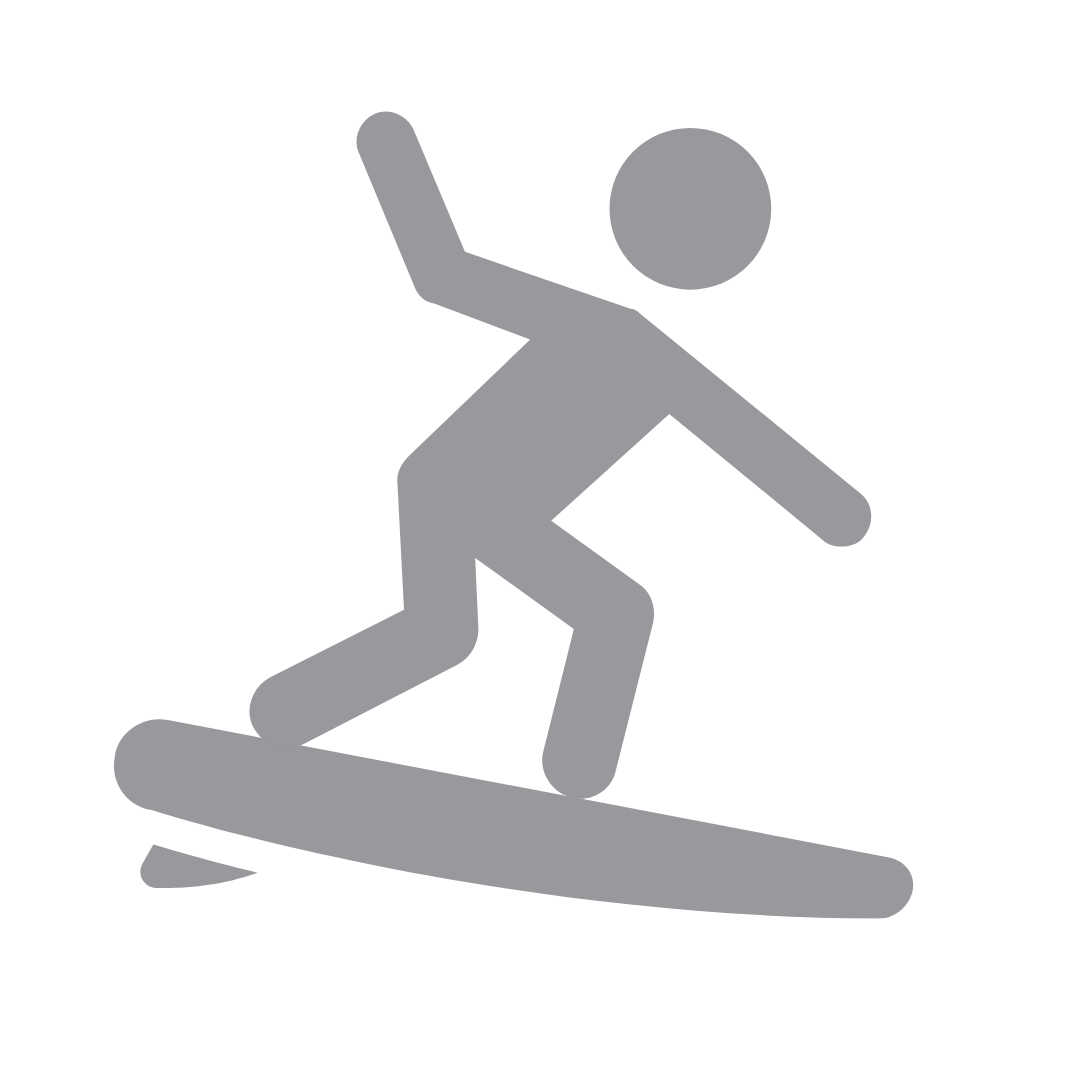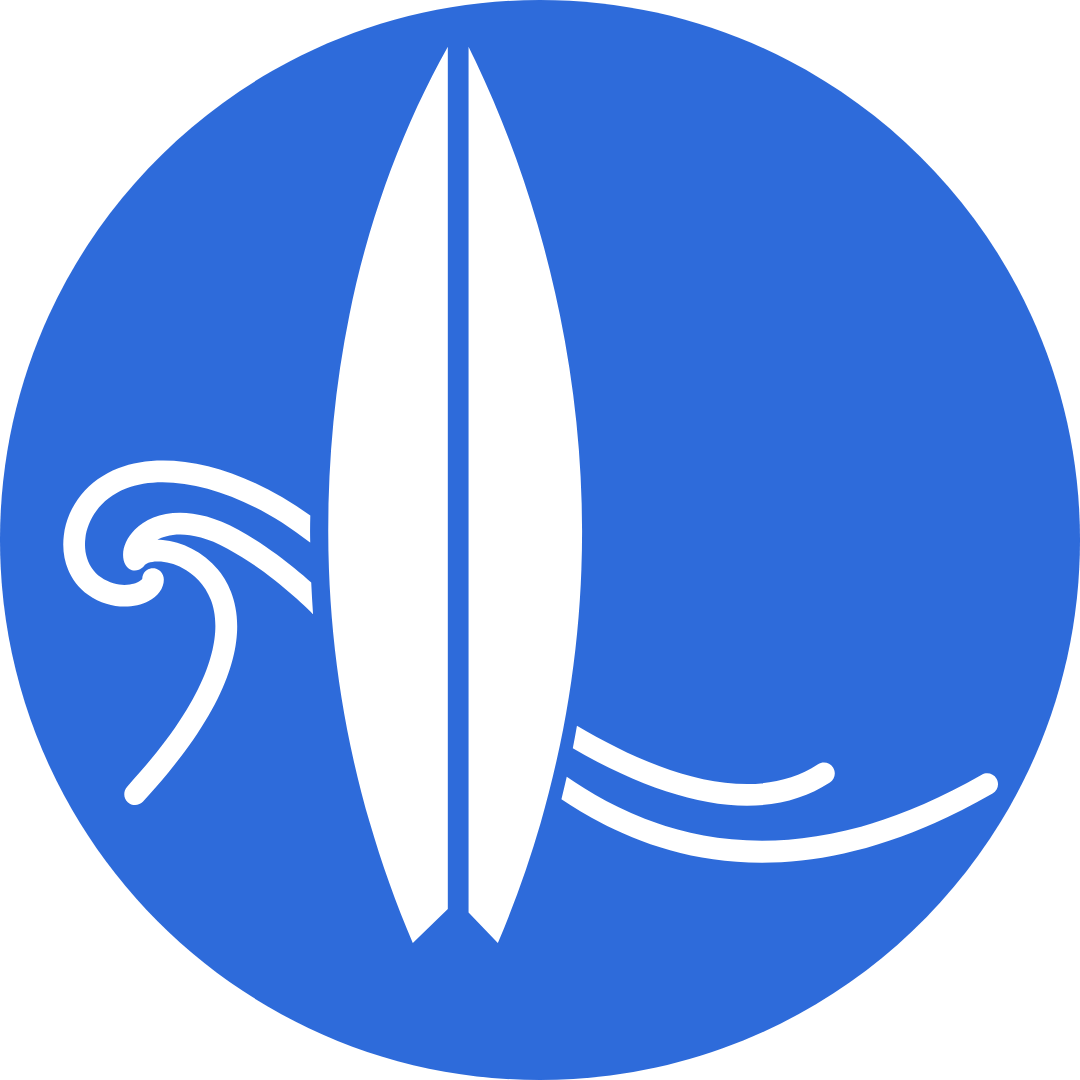Posted by Jeb Brinkley | 03.31.2020 | Fitness, Uncategorized
A Guide to Finding Your Secret Surf Spot
Everyone has their go-to surf spot for their quick surfs, their dawn patrols, and their “I only have an hour” sessions. Most of these are easily accessed, have a live cam for easy wave checks, and are always packed with people. Then you have the secret spots – breaks that might be less well known and less crowded, the sandbar that popped up down the beach that no one has seen yet, or novelty waves that only work in certain conditions.
Since recent changes resulting from the current public health crisis have mandated that public beaches close to the general population. Surfers have been driven to more remote spots in order to keep doing what they love. If you live in southeast NC, like we do, that means everyone is heading to the common favorite “secret” break, and once you hit the lineup it’s just as crowded as ever. To keep the crowd from growing, you won’t find any location names here, but what would it take to find your own remote surf spot? I went ahead and broke down my strategy, and one that should work no matter where you live.
Step One: Research
You shouldn’t just hop in your car or boat and head out to find a wave without knowing where you want to look, you need to narrow down your range. Always scope a location out before you try and get there, trust me. You don’t want to be miles from civilization and get stuck on a shoal, and you don’t want to be unprepared if you need to pay an entry or parking fee.
Start by picking your destination. Get on a mapping software – my favorite is Google Earth – and look for small changes in the coastline. Piers and inlets will allow sand banks to build up, these will be the most sought-after places, but look closely and you can find all sorts of shoals and sandbanks up and down the coast. Once you’ve decided that a spot has potential, get as much information on the place as possible. Is it a barrier island? Is it a river mouth? Is there local wildlife? Is that land protected or closed to the public? All of these questions and anything others you can think of need to be answered before you even put a board in the car. I always check to see if a spot has a safe place to park a car within a half mile’s distance. If it doesn’t, I look to see if 4×4 vehicles are allowed on the beach. If that’s not allowed, I look to see if there is a place nearby that is accessible by boat.
As soon as you know how accessible your potential secret spot will be, you can theorize your ideal conditions. A great way to start on this is by checking the next closest spot listed on Surfline and using the forecasts there. I keep a notebook with potential spots I’d like to check, and with each named location I write which wind direction is offshore, which swell directions I think would work, and the basic bathymetry (the bottom contours of the ground under the waves) of the surrounding area to know what currents might affect the waves. A lot of this information becomes more clear once you lay eyes on the break, but the closest estimate you can make will help your plans tremendously; just make sure you don’t hype yourself up too much when theorizing, as the likelihood of getting skunked is still relatively high.
Step Two: Transportation
While this may seem obvious, it is still important to know exactly what getting to and from your secret spot will look like. Are you taking a car, a 4×4 vehicle, or a boat? How far might you have to walk to get to the break? The clearer picture you have of what the commute to your secret spot looks like, the less frustration you will encounter when putting your plan into action.
Prepare your method of transportation for the worst-case scenario. What this means is if you are driving a car or 4×4 vehicle, you want to bring extra oil, coolant, a tire-plug kit, and a strong tow rope or straps. If you are traveling by boat be sure to have marine engine oil (know if your boat takes two-cycle or four-cycle), life jackets, flares, extra fuel, and a bilge pump. With both of these methods, you obviously need to bring a cell phone that is fully charged. Remember, you will be headed to a place that could be miles away from any other people, and if for any reason you need assistance, you will want it to come quickly. Always prepare for unexpected mishaps, because there will come a time when you head to find a new secret spot and things don’t go according to plan.
As previously stated, research any rules or guidelines for the area. You don’t want to be caught on guarded government property with “I didn’t know” as your only excuse when authorities catch you. Be smart, be informed, and obey the law when traveling to hidden locations.
Step Three: Gear-up and Go:
If your spot is picked, you’ve done your research, and you have a plan to get there, then I’d say it’s time to go. Take your best guess at how long your excursion is going to take, and make sure you have plenty of water and some snacks to keep your energy up. Take a look at the conditions for the day, for this I’d recommend a combination of Surfline to check nearby breaks, and Windy.com to take a look at the wind and swell forecasts for your secret spot. If I’m checking a spot for the first time, I’ll bring a shortboard that has some speed but can also handle mush, as well as a log or a fun-shape for smaller and/or cleaner waves. Once you have your boards, throw in an extra leash and some wax, and you’re ready to go!
I’d never recommend surfing as soon as you arrive at your selected spot. Watch the break for a while, watch some sets come through, and really do your best to understand the wave and all of the other little movements in the water around your prospective peak. Eventually you’ll feel comfortable enough to paddle out, and now it’s time for the most difficult part of finding a secret spot: keeping it a secret.
You should never surf alone, and it’s okay to bring your most trusted surf buddies with you on this exploratory mission, but if you score, or if there’s even potential to score, keep those lips sealed! Think about it, you did all of the work laid out above, do you really want someone else to easily capitalize on a spot that you put a lot of time and effort into finding? Heck to the no. Anyone can find their own secluded break, so let them do that. Keep your findings a secret, don’t blast photos on the internet, and don’t tell all the people back at the local shop that you found a magic untouched wave. You’ll do yourself, and everyone else with knowledge on that well-kept secret, a huge favor. This is why I haven’t mentioned that my secret spot is —
There you have it, the formula for finding waves. While it might seem simple, it really is important to do your research, plan out any exploratory trip you want to take, and never go alone. Also, I need to reiterate that it is always a smart idea to familiarize yourself with local laws and regulations before marching out onto new beaches, and of course, during this, I’ll go with “interesting,” time the world is going through please adhere to any state and federal issued public health mandates. Stay healthy, stay safe, stay smart, and stay surfing!







 RENTALS
RENTALS LESSON
LESSON CAMPS
CAMPS ABOUT
ABOUT SHOP
SHOP